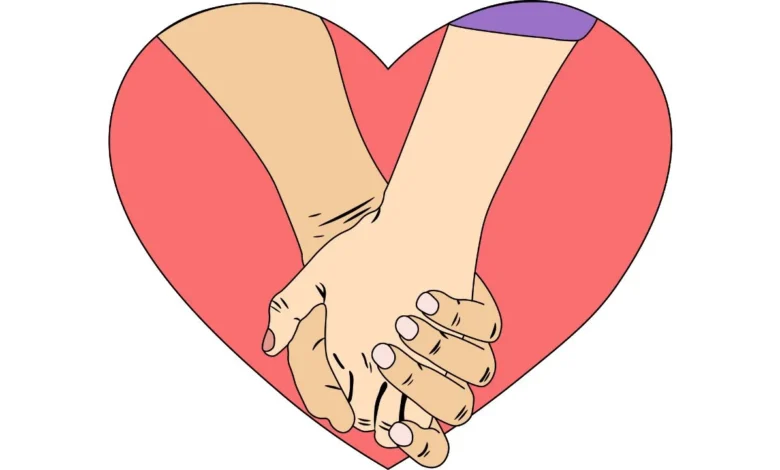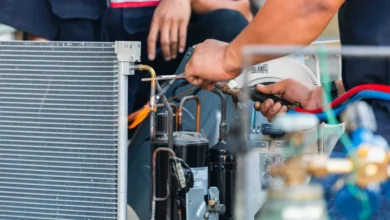ADHD and Emotional Connection: Understanding How It Shapes Love and Intimacy

Love with ADHD can feel intense, affectionate, spontaneous, and deeply meaningful. But there will always be a few challenges to tackle, and that’s okay. The key is to stay patient and willing to work on the relationship as a team.
Here is how the ADHD brain falls in love and forms deep emotional bonds.
The hyperfocus honeymoon
The ADHD brain loves that stimulating sense of novelty. That’s why in the beginning of a new relationship, a person with ADHD will be highly attentive to their new partner. They won’t even need the best procrastination apps to stay focused because their brain is flooded with novelty-driven dopamine. Their partner would feel cherished, loved, and seen.

You’d wonder, “Is this a bad thing?” It’s not. We all love being valued and supported, but the thing with the ADHD brain is that once the novelty starts fading, so does the intensity.
At the same time, such a ‘dopamine-based’ connection shapes a relationship that progresses too fast. And when one is head over heels, their judgement gets clouded, meaning that sometimes, they might fall for the wrong person and not see it.
This leads us to the next point.
Love for novelty and excitement
Even if they fell for the right person, the ADHD brain will still look for that sense of excitement that the early stage of a relationship offers. This does not mean that an ADHD partner will cheat or leave: it’s just the amount of attention and time they’ve once given to the other might drop abruptly. Sometimes, the other will feel abandoned or confused.
Tip: Keep the spark of novelty alive. Add small surprises, try new hobbies together, or even plan a small renovation. Tiny doses of “newness” help sustain connection.
#3: Rejection sensitive dysphoria
Rejection sensitive dysphoria simply means an extreme emotional sensitivity that the perception (real or imagined) of criticism, disapproval, or rejection causes.
For example, if their partner gently says, “Hey, you forgot to call the plumber,” the ADHD partner might feel devastated, ashamed, or attacked.
In many cases, the feeling might be disproportionate to the event, which might leave the non-ADHD partner thinking that they have to walk on eggshells all the time.
Tip: Start with kindness, emphasize safety, and clarify that the relationship is stable every time you want to give feedback.
Distracted listening
A non-ADHD partner might feel that having deep conversations with the ADHD one is pretty difficult because they may fidget, interrupt with unrelated thoughts, or check their phone. They mean well — it’s just that their ADHD brain shifts attention rapidly and unpredictably.
As a result, the non-ADHD partner might feel unheard and dismissed.
Tip: Schedule “focused talk time” with fewer distractions, or use a fidget tool to channel restlessness. Gentle cues like “Hey love, can I have your attention for a moment?” can help without shaming.
Task paralysis
Task paralysis happens when one’s brain struggles to initiate or complete tasks, especially ones which it finds difficult, boring, or mentally unstimulating. This might happen even when the task is of high priority.
The ADHD brain hates everything mundane. It would do everything to procrastinate on bills, chores, and routines, which, again, can leave the non-ADHD partner deeply frustrated. In the end, they often have to pick up the mental load of the household because nothing gets done.
Tip: Break tasks into micro-steps, body-double together, or use timers and shared to-do lists. Celebrate progress instead of shaming mistakes.
#6: The shame-defense cycle
An ADHD person might have heard multiple times that they’re lazy, unreliable, careless, or messy. Years of being called all those names often lead to internalized deep shame. So when criticism hits their core wound (let’s say the non-ADHD partner points out something forgotten or left undone), they might react with intense defensiveness, denial, or anger to protect themselves from that emotional pain.

Tip: Use soft startup language, focus on solutions (not blame), and remind them that mistakes don’t define them. Emotional safety reduces defensiveness.
Masking and hiding
These are conscious or unconscious behaviors a person uses to hide ADHD traits in order to appear “like everyone else” and avoid harsh ADHD-related criticism.
Tip: Praise authenticity, not perfection. For instance, when an ADHD partner admits they forgot something, the non-ADHD partner might respond with, “Thanks for telling me instead of hiding it. We can figure it out together.”
A slippery sense of time
A person with ADHD might feel like they’ve got all the time in the world, which so often leads to missed appointments and deadlines, “anniversary forgetfulness,” and underestimating how long tasks take.
To a partner, this may feel like inconsistency or disinterest.
Tip: Use shared calendars, alarms, or “external reminders of love,” such as setting phone alerts for special dates.
Difficulty with routine-based intimacy
As we’ve already seen, the ADHD brain craves immediate rewards. That’s why the consistency in affection, communication, and planning dates may feel challenging. Because even if the relationship matters deeply, predictable routines are less rewarding for an ADHD brain.
Tip: Choose low-effort, predictable rituals: a 10-second hug before bed, a morning emoji, or a weekly “connection check.”
Final Thoughts
Compassion and patience are the main things to remember when in a relationship with an ADHD partner. When you substitute blame with understanding and add supportive habits for healthier communication, the entire relationship dynamics transforms into a space where both partners can thrive.



